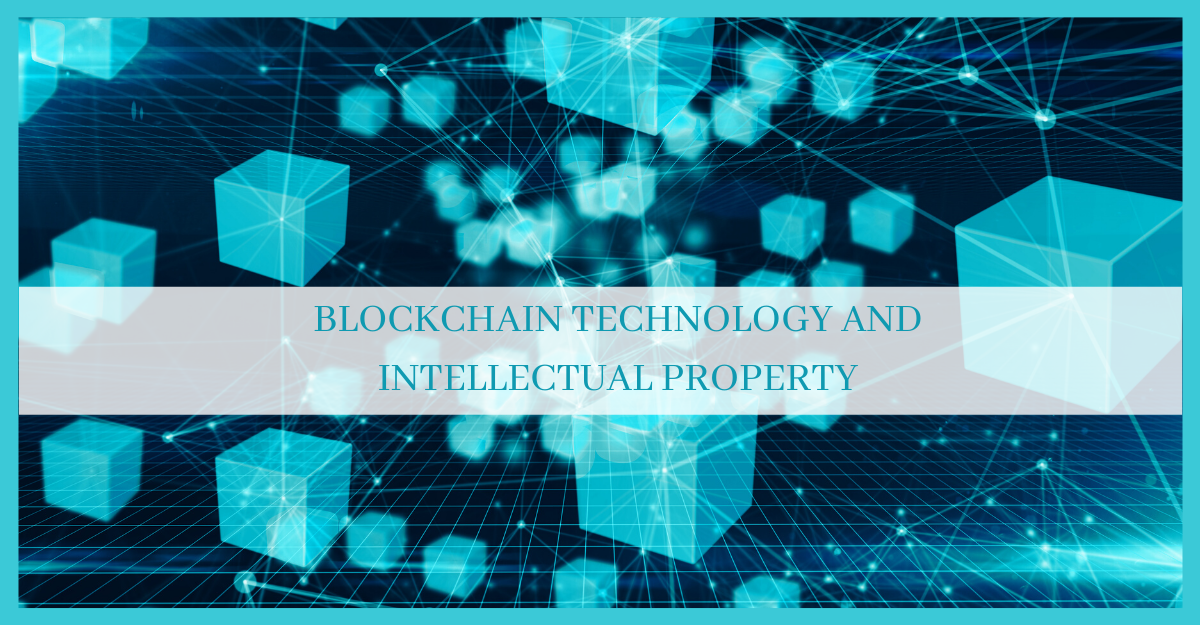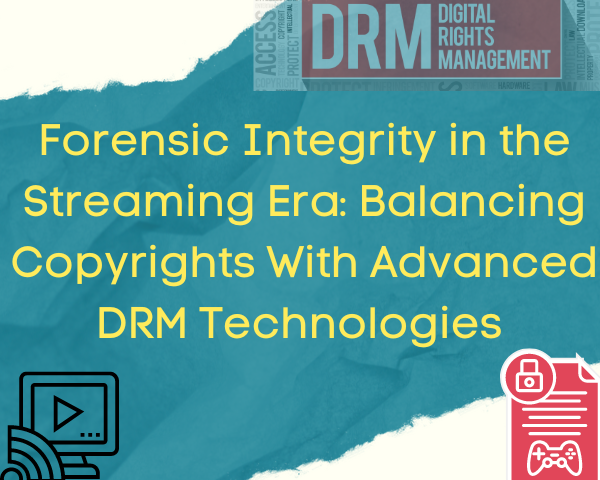We often assume and tend to overlook blockchain technology as a fancy trending IT terminology. As elegant as it sounds, it is a huge breakthrough to digitally transform the future of storing and sharing data. Intellectual Property (IP) sector is also constantly evolving and experimenting with the latest trends in technologies. Hence, it is inevitable that we learn how we can leverage this technology to suit our needs in the IP sector.
The essence of blockchain technology
Blockchain technology is an ever-growing decentralized public database. It creates and maintains irreversible, permanent records of transactions between two or more parties. The technology refers to each transaction data as a ‘block.’ When we add the records, the technology time-stamps and links the new block of data to the previous block creating a chain of records. Furthermore, every individual in a particular blockchain network can access the whole database.
The technology uniquely encrypts every block. Hence, though the information is available to the public, only the person with the cryptographic key can add data to the chain. However, we cannot alter these transactions once we add them to the network. When we add a transaction record (block) to the database, the record will be verified by every individual computer that hosts the blockchain (nodes). These multi-level checks ensure that the transactions that we add are legit.
We can add diverse forms of transactions to the blockchain, such as data files, images, designs, contracts, and video files. This versatile yet concrete and transparent nature of blockchain makes it a promising technology.
Applications of Blockchain technology in IP
The intellectual property sector requires the maintenance of a large volume of records. Besides, these records should also be easily accessible and unalterable. Blockchain technology is a boon to help IP function efficiently and effectively. Let us look into some areas where we can smoothly perform our day-to-day IP functions with this technology.
Maintaining IP registers
IP offices spend more time and energy in maintaining proper records of the patents, trademarks, and copyrights. Moreover, it is tedious to ensure the correctness of the data and update any changes regularly. Using blockchain technology to keep track of these records makes the work easy and effective.
When we use blockchain technology-based IP registries, it will act as a repository for every IP application. The time-stamped blocks will establish a clear record of every stage of the application throughout its life-cycle.
IP offices currently store data in their respective localized databases. Blockchain technology will help in creating a centralized database. Hence, this will enable IP offices to overcome geographical barriers in the IP sector.
Smart contracts
Blockchain technology can automate licensing and other contractual agreements of IP rights.
Generally, if a person wants to acquire a license for a patent, one has to undergo several formalities. One has to identify the patent holder, check the patent validity, and then negotiate license terms. Finally, one has to pay for the transaction and notify all relevant patent offices regarding the transfer of rights.
However, we can easily simplify these lengthy processes with smart contracts. Smart contracts in blockchain technology are codes that are capable of executing themselves if the proposal meets all conditions in the code. Once we establish the right conditions, the licensing process will become automated. This, in turn, would reduce the complexity and save time.
Evidence to identify the rightful owner
The unalterable nature of blockchain makes it a tamperproof technology. This nature can act as concrete evidence in identifying the original creator (for copyrights), inventor (for patents), or first use in trade (for trademarks). As a result, it can help in settling several disputes and minimize litigations.
Better protection of IP rights
Maintaining records on blockchain technology will help us keep track of every detail of the IP rights. As a result, we can easily track down counterfeit goods right at the customs stage itself. This will prevent the infiltration of cheap, low-quality fake products into the domestic market. Besides, this will also protect the rights of the patent holder. Innovative ideas such as adding tags or imprints on products that, on scanning, will connect to the respective blockchain can help in identifying genuine products.
Updated and synced databases
Constant updating and synchronization of both external and internal databases become possible with blockchain technology. The consolidated database will make patent search easy. The synced databases are of immense use when the patent offices act as International Searching Authority (ISA).
Protecting Blockchain technology
With the increase in innovative developments in blockchain technology, the need to protect the innovations also rises. In general, the basis of the blockchain is a computer programme. The Copyright Act 1957 defines a computer programme as follows:
“a set of instructions expressed in words, codes, schemes, or any form, including a machine-readable medium, capable of causing a computer to perform a particular task or achieve a particular result.”
Hence, we can avail protection for the computer codes of blockchain technology under the Copyright Act 1957.
Meanwhile, blockchain technology can also gain protection for its applications in various sectors. In order to gain protection, the application should be a non-obvious invention, demonstrate a technical advancement, and have an industrial application on a large scale. In such cases, the technology is patentable under the Patent Act 1970.
Blockchain technology and Intellectual property will go hand-in-hand. IP offices around the world can use this latest technology to enhance their regular operations and functions. We are yet to discover blockchain technology’s full potential in the IP sector. Hence, we will get to know more about the sea of opportunities available when we start adopting and practicing this technology in our field.




